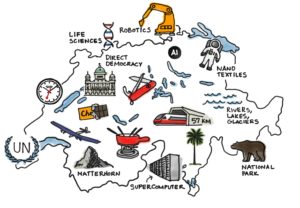
Facts & Figures About Switzerland
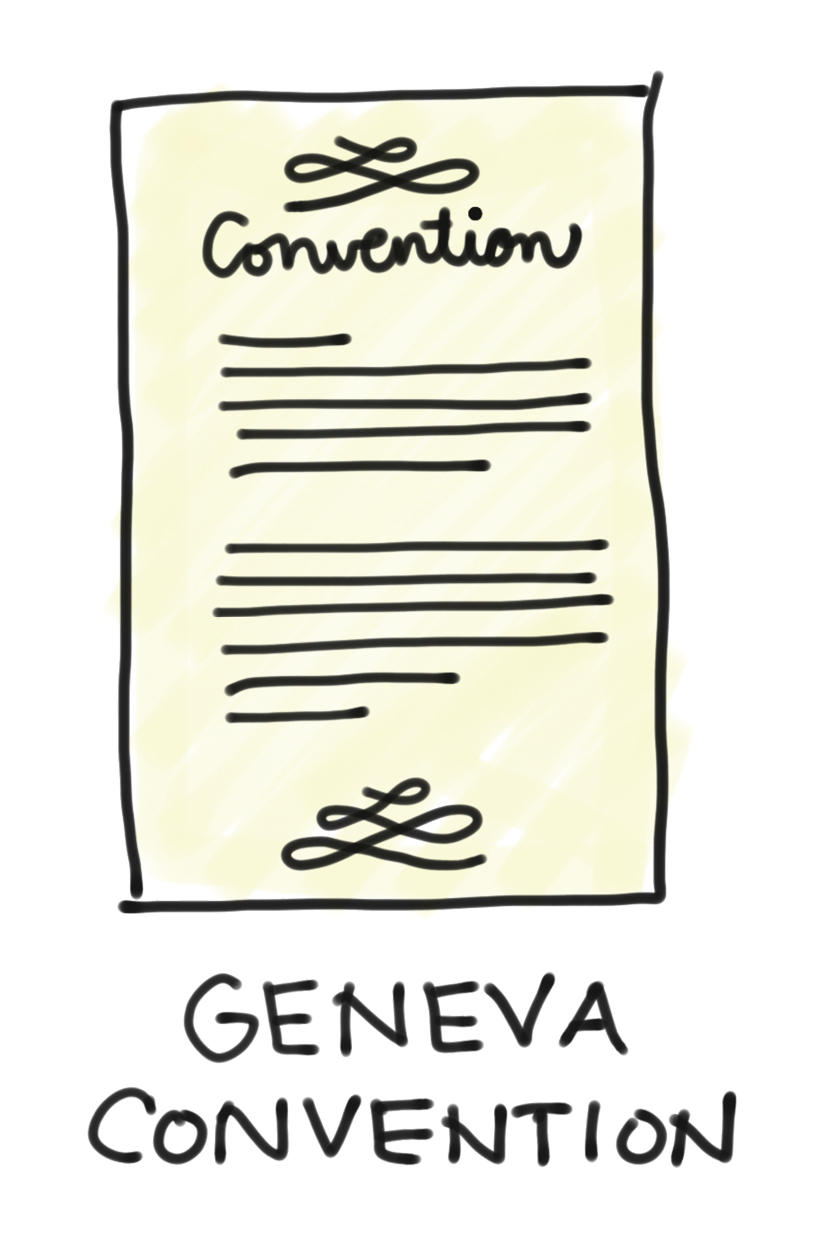 Switzerland is famous the world over for many things: Heidi, banking, cows, cheese, chocolate, you name it. While some are more fictional than others, let’s fill you in on some particular facts & figures about Switzerland.
Switzerland is famous the world over for many things: Heidi, banking, cows, cheese, chocolate, you name it. While some are more fictional than others, let’s fill you in on some particular facts & figures about Switzerland.
- Democracy: In Switzerland citizens can challenge any law passed by Parliament – provided they can gather 50,000 signatures against the law within 100 days. If successful, a national vote is held and voters decide by a simple majority whether to accept or reject the law. Swiss citizens also vote on constitutional amendments or in referenda several times a year. For instance, Swiss voters rejected by 66.5 per cent a proposal to give themselves one additional week of annual leave in a national referendum in 2012.
- There are four national languages: German, French, Italian and Romansh, although English is increasingly popular. Every child in Switzerland has to learn at least two national languages as well as English. Our universities of teacher education are heavily investing in language teacher didactics.
- Switzerland is the “water tower” of Europe. It has more than 1,500 lakes, and you are never more than 16 km from a lake within the country’s borders. Water is by far the most common energy source. But not only with hydro-electric dams. For instance, the premises of the Swiss National Supercomputing Centre in Ticino are cooled using water from Lake Lugano, while the waters of Lake Geneva are used by the Federal Institute of Technology in Lausanne, the grid in Geneva, and several companies along the UNESCO World Heritage lake shore.
- By 1767, Swiss scientist Horace Benedict de Saussure had already invented the first solar collector – an insulated box covered with three layers of glass absorbing sunlight and creating temperatures of 110 degrees Celsius. In 2010, Prof. Michael Graetzel (EPFL) was awarded the Millennium Technology Prize for his invention of a low-cost solar cell that could be used to build electricity-generating windows mimicking photosynthesis.
- Talking of solar power, you might have heard about Solar Impulse, a Swiss long-range experimental solar-powered aircraft that circumnavigated the earth in 2015-2016. It was piloted by Swiss explorers André Boschberg and Bertrand Piccard. Solar Impulse holds 17 world records and has proven that clean technologies can really achieve the impossible.
 Switzerland is not all mountains, as in the south you will easily find palm trees in the canton of Ticino. How to get there? Since 2017, Switzerland has been able to boast the longest tunnel in the world as an engineering masterpiece. The Gotthard tunnel measures 57 km in length and runs 2.3 km under the Alps. It took 17 years to build. The masterpiece was constructed with the expertise of Swiss universities.
Switzerland is not all mountains, as in the south you will easily find palm trees in the canton of Ticino. How to get there? Since 2017, Switzerland has been able to boast the longest tunnel in the world as an engineering masterpiece. The Gotthard tunnel measures 57 km in length and runs 2.3 km under the Alps. It took 17 years to build. The masterpiece was constructed with the expertise of Swiss universities.
- Still care for a hike? There are more than 4,400 mountains over 2,000 m high, 24 of them over 4,000 m. The highest is – not the Matterhorn – the Monte Rosa (Dufourspitze) at 4,634 m, situated on the Swiss/Italian border. Epic landscapes are frequently used as locations for the Indian Bollywood filming industry. Around 800 Bollywood films are shot in Switzerland each year, more than in any other country outside India.
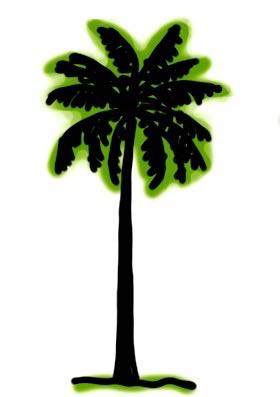
- Switzerland’s climate is not really only about snow and ice – cold, snowy winters come and go, but you will find that temperatures can exceed 30–35°C in the Swiss plateau in summer.
- Basic relativity was, in fact, theoretically coined by Albert Einstein, who developed his theory of relativity (E=MC2) in Switzerland. Having renounced his German citizenship to avoid military duty in the German army, he successfully applied for a Swiss passport. He developed his theory of relativity – his famous formula E=MC2– while studying and living in Bern.
- Military service is still compulsory for male Swiss citizens today, while women can volunteer. The last time Switzerland went to war was 170 years
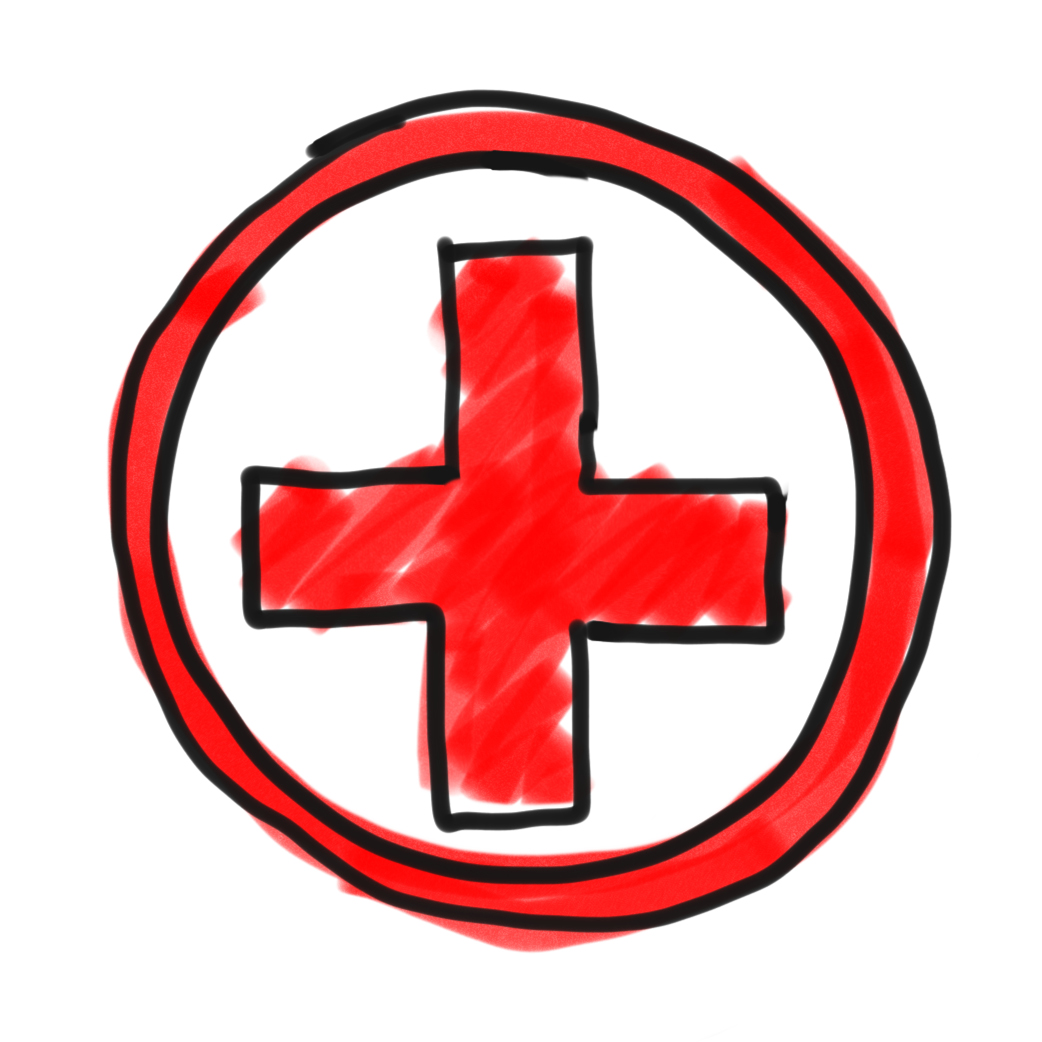 ago. In the meantime, Switzerland has rather been involved in other war-related activities. Swiss businessman Jean-Henri Dunant founded the International Committee of the Red Cross and received the very first Nobel Peace Prize in 1901. Switzerland is also a depository state for 79 international treaties, including the Geneva Convention.
ago. In the meantime, Switzerland has rather been involved in other war-related activities. Swiss businessman Jean-Henri Dunant founded the International Committee of the Red Cross and received the very first Nobel Peace Prize in 1901. Switzerland is also a depository state for 79 international treaties, including the Geneva Convention.
- At the other end of Switzerland, inventor and entrepreneur Karl Elsener invented the famous Swiss army knife in 1891. Today 400 different models exist, some featuring barometers and USB sticks, and commonly known as the world’s smallest toolbox.
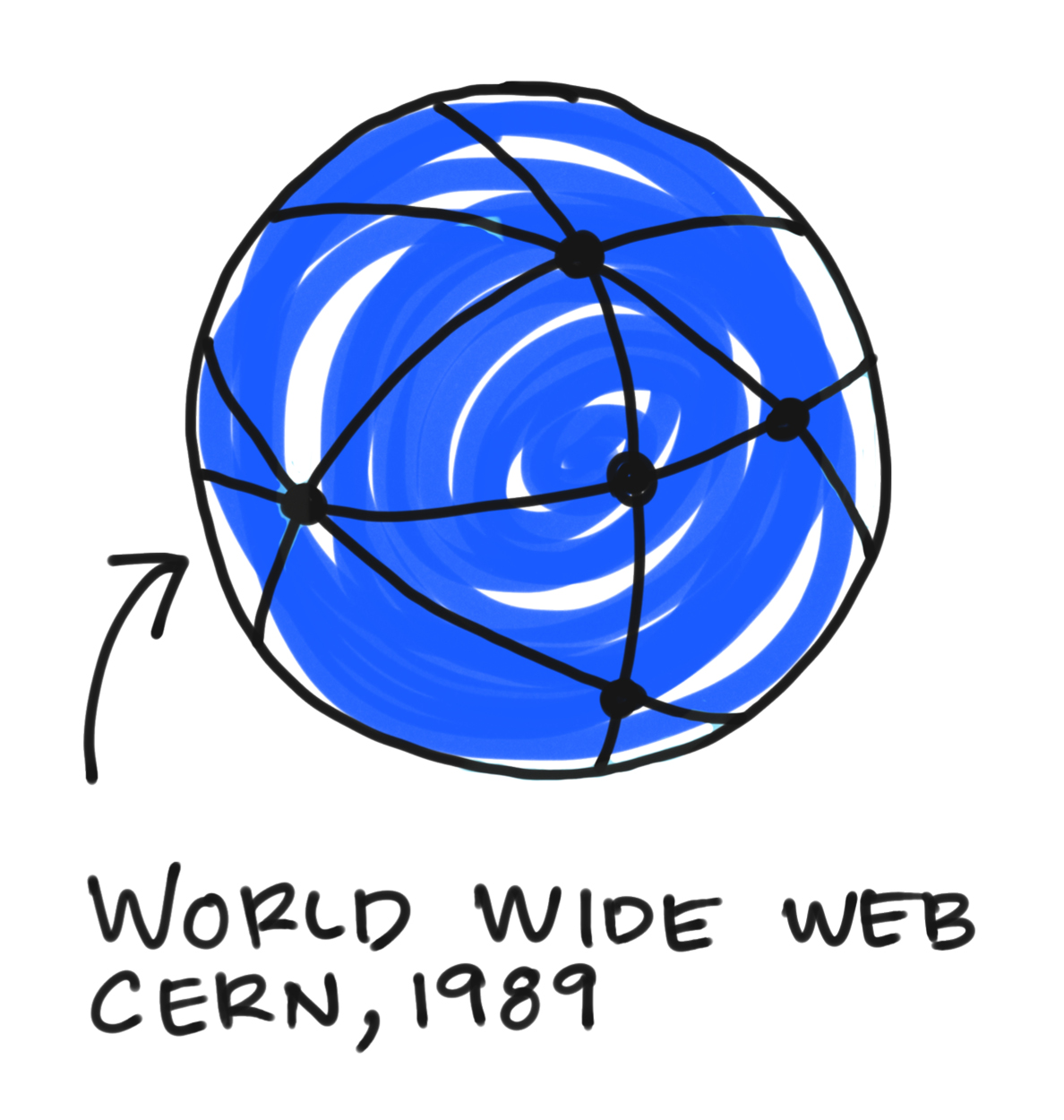 You most probably would not be here reading this if it were not for CERN, the world’s largest particle physics laboratory, based in Geneva. Tim Berners-Lee invented the World Wide Web there in 1989.
You most probably would not be here reading this if it were not for CERN, the world’s largest particle physics laboratory, based in Geneva. Tim Berners-Lee invented the World Wide Web there in 1989.
- The font you are reading is Helvetica, created by Max Meidinger in 1956, an icon of modern typography. Helvetica means “Swiss” in Latin, as in Confoederatio Helvetica – Swiss Confederation – the official name of Switzerland. The term refers to the Helvetii, the Gaulish tribes who lived on the Swiss plateau in the Roman era.
Front picture: Mario Pescini ⒸMuseum für Gestaltung Zürich



